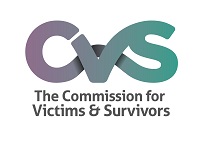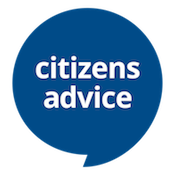×
Standards and Criteria – Access

Standard: ACCESS
Victims can find out about the services that are available to them
- The service offer in relation to being a victim of crime is clearly expressed to potential service users
- Service information is freely available, and promoted in places where potential victims may encounter it
- Service information is available online, easily discoverable and user friendly, and includes links to information victims may need e.g. Victims Code of Practice, criminal justice processes etc
- Service information is clear, easy to understand and appropriate for the service user group
Victims are provided with a range of appropriate ways to access a free service at times and locations that suit them
- There are options available to victims on how they can directly make initial contact with the service, and these are clear to victims
- There are options about where support takes place and these are made clear to victims
- Drop in, needs assessment and support locations are welcoming , appropriate and conducive to the victim feeling comfortable to discuss their experience and personal circumstances
- The service is free of charge to users , and there is availability outside of normal working hours i.e. evenings or weekends. This applies to: •Initial contact with the service •Needs assessment •Support
- Barriers to making initial contact with the service and receiving support have been identified (e.g. disability, communication and language difficulties, and gender of practitioner where relevant) and there are clear ways these are overcome which are known to practitioners
- Out of service hours there is a clear and appropriate voicemail message explaining what will happen next, preferred contact details, as well as the provision of emergency support numbers
Victims are effectively referred into the service by other agencies using clear and agreed methods
- Referral agreements and processes support the transfer of sufficient information in order to make appropriate and safe contact with victims
- Inward referral relationships are maintained together with regular opportunities to review the effectiveness of referrals
- Any problems with referrals and referral information are identified and steps are taken to address them










